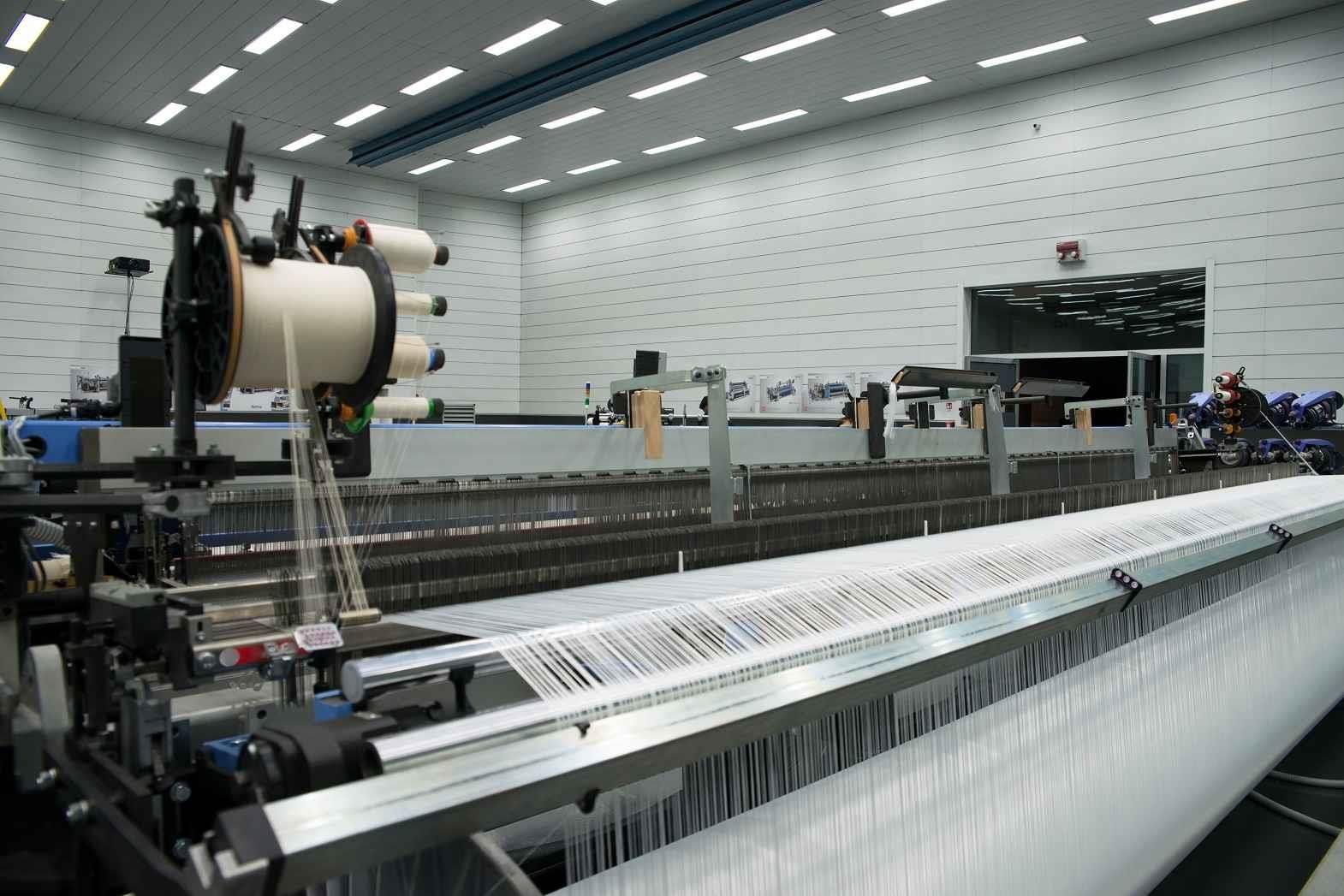As the general elections in India draw to a close (with five of the seven phases over), the spotlight is shifting on the incoming government and its expected policies to bolster the textile and fashion sector, a major employment generator. With no dramatic shifts in leadership anticipated, stakeholders are hopeful of sustained, if not enhanced, support for this important industry.
Finance Minister Nirmala Sitharaman’s last budget for fiscal 2024-25 (presented on February 1, 2024) underscored a commitment to revitalising the textile sector, with an allocation increase of 27.60 per cent, totalling ₹4,392.85 crore ($527.32 million). The industry believes an additional 8-10 per cent, potentially raising the total to ₹4,800 crore ($576.19 million), would be optimal to exceed general economic growth rates.
The amount of money set aside for research and capacity building has almost doubled from ₹380.50 crore ($45.68 million) to ₹646 crore ($77.55 million) for 2024-25. However, countries like the US are ahead in textile research and development. They are making advancements in areas like special fabrics that can stop static electricity, clothes that can measure the heart rate, materials that fight germs, strong armour that can save lives, and fabrics that adjust to different temperatures, apart from R&D in fashion. Therefore, India needs to significantly boost its R&D funding to remain competitive.
To ensure that funds allocated for R&D reach their intended targets, a strong monitoring mechanism is needed. In addition, increasing collaboration among government bodies, research institutions, and industry players is essential to drive meaningful innovation. For realistic outcomes, the output of investments in R&D should be evaluated against the inputs. Therefore, it is reasonable to suggest that a substantial increase in funding is necessary, potentially several times higher than the current allocation, to bridge the gap and accelerate progress in the textile sector.
The multiplication of budget allocation for key schemes such as the PM-MITRA scheme, with its budget increased to ₹300 crore from ₹52.30 crore, indicates a concerted effort towards modernisation and technology adoption among micro, small, and medium enterprises (MSMEs) in the textile sector. To maintain and accelerate the growth momentum, smaller players in the industry anticipate a potential doubling of the current budget allocation for such schemes in the coming years, paving the way for significant advancements and competitiveness in the sector.
While the increased budget allocations of ₹200 crore ($24.01 million) and ₹236 crore ($28.33 million) respectively for the National Handloom Development Programme and the National Handicraft Development Programme are a positive step towards promoting sustainability and innovation in the textile industry, it is important to acknowledge that these allocations are insufficient to drive sustainable practices and meet evolving consumer demands. There needs to be a holistic approach that encompasses various aspects such as environmental conservation, social responsibility, and technological innovation.
As the new government takes charge in early June 2024, there is a tangible sense of anticipation and optimism within the textile and fashion sector of the country. Owing to its significant contributions to employment and economic growth, it is imperative that the government continues to prioritise and support this vital industry. By leveraging increased budget allocations, fostering innovation, and promoting sustainability, the government can effectively nurture the textile sector for the benefit of all stakeholders, ensuring its continued prosperity and resilience in the lead-up to Vision 2047.










Comments